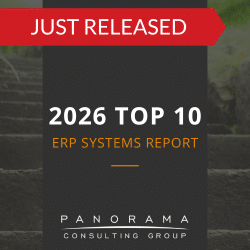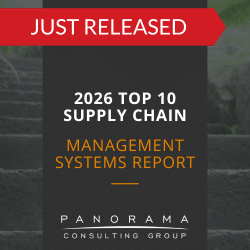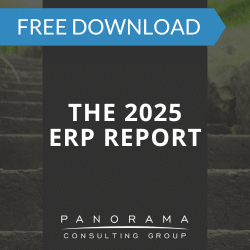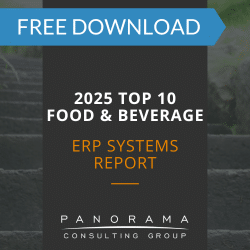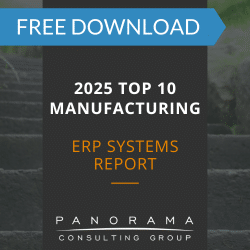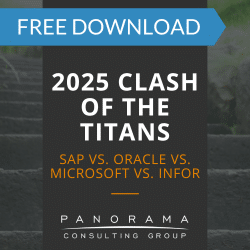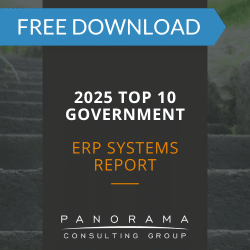- This list of the top supply chain management systems is based on our consultants’ client experience.
- The best supply chain software platforms vary in focus, from AI-driven forecasting to logistics execution and multi-enterprise collaboration.
- Organizations evaluating top SCM software systems need to consider decision agility, integration maturity, and the system’s ability to scale with business complexity.
- Each platform in this supply chain software list meets distinct business needs, from mid-market inventory control to global planning and fulfillment.
Instead of focusing solely on efficiency, organizations are now evaluating supply chain technology based on its ability to help the business respond to disruptions and its ability to enable confident decisions.
Unfortunately, the supply chain software market remains difficult to navigate. Capabilities vary significantly across platforms. Some tools emphasize planning precision. Others focus on logistics execution, collaboration, and AI-driven forecasting. Vendors often blur these lines in their marketing, making “do-it-yourself” evaluation difficult.
This post highlights the top supply chain management systems for 2026, based on our ERP consultants’ analysis of RFI and RFP responses, demo results, and implementation complexities.
The goal is not to rank systems, but to help decision-makers understand which tools might belong on their supply chain software list.
Criteria for the Best Supply Chain Software Platforms
Before diving into the top SCM software providers, we’d like to share the criteria our SCM consultants used to develop the report:
1. Decision Agility
How quickly can planners, operators, and executives make informed decisions using the platform? Does the system enable scenario modeling, real-time adjustments, or multi-tier alerts during volatility?
This goes beyond dashboards—it’s about compressing time between signal and action.
2. Integration Maturity
Does the platform support plug-and-play integration with ERP, CRM, WMS, and third-party logistics systems—or does it require custom builds? How cleanly does it handle master data alignment and event orchestration across ecosystems?
A mature integration model reduces time-to-value and future-proofing costs.
3. Scalability with Business Complexity
How well does the system scale across global operations, multi-entity structures, and product or channel diversification? Can it handle complexity without forcing workarounds?
Scalability should reflect real business expansion, not just system load.
4. Partner Ecosystem & Interoperability
Does the platform facilitate collaboration beyond your four walls—such as supplier portals, logistics networks, or third-party data sources? Is it architected to function in multi-enterprise environments?
Interoperability is now as critical as internal performance.
5. Pace of Innovation
Is the vendor advancing the platform meaningfully—through AI, digital twin capabilities, and decision intelligence—or are updates cosmetic? Do releases support evolving business needs or introduce disruption?
This reflects the vendor’s strategic relevance over time.
Each of the top supply chain management systems below meets these criteria in different ways. You can download the report below or peruse the brief overview in this blog.
2026 Top 10 Supply Chain Management Systems Report
This SCM systems list is based on the depth of supply chain functionality offered and vendors’ ongoing investment in innovation.
A Preview of our Supply Chain Software List
Blue Yonder Luminate

This platform is an AI-driven supply chain suite with deep capabilities in forecasting, transportation, and warehouse management. Its Luminate Control Tower provides prescriptive insights and real-time visibility across the end-to-end supply chain.
Best fit: Retailers and logistics-driven organizations looking to optimize fulfillment and reduce inventory risk.
Infor Nexus
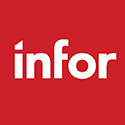
This top SCM system is designed specifically for global supply chain collaboration. The platform excels in supplier visibility, logistics tracking, and multi-enterprise orchestration. It is particularly strong in retail, fashion, and consumer products, where supply chains are extended and often fragmented.
Best fit: Brands that manage complex global supplier networks and need real-time collaboration across trading partners.
Kinaxis RapidResponse
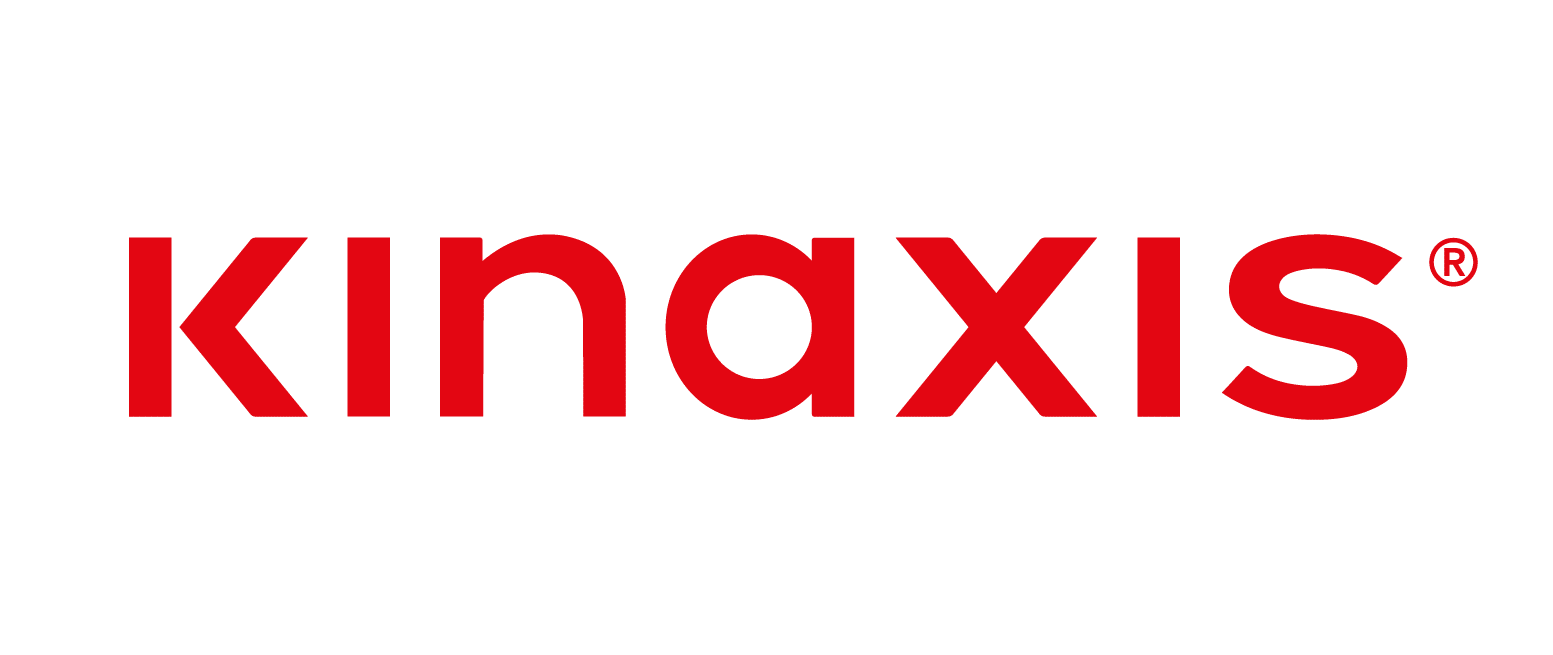
This platform offers real-time supply chain planning and what-if simulation. Its concurrent planning model helps break down silos across demand, inventory, and capacity planning.
Best fit: Manufacturers and distributors that need agility and responsiveness in fast-moving environments.
Manhattan Associates
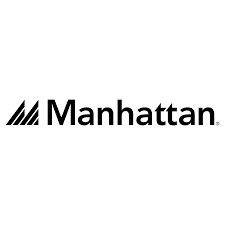
This unified platform enables real-time orchestration across fulfillment, labor, and distribution. The vendor has also expanded into demand forecasting and order management, making it a strong contender in omni-channel environments.
Best fit: Retailers, wholesalers, and 3PLs that prioritize fulfillment accuracy, warehouse efficiency, and customer experience.
Microsoft Dynamics 365 Supply Chain Management
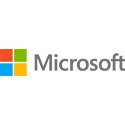
This top supply chain system combines planning, production, and logistics with embedded AI. It integrates closely with Microsoft’s productivity stack and offers predictive maintenance and IoT-based visibility for discrete and process manufacturing.
Best fit: Organizations in the mid-market to upper-mid-market with moderate-to-high operational complexity.
Netstock
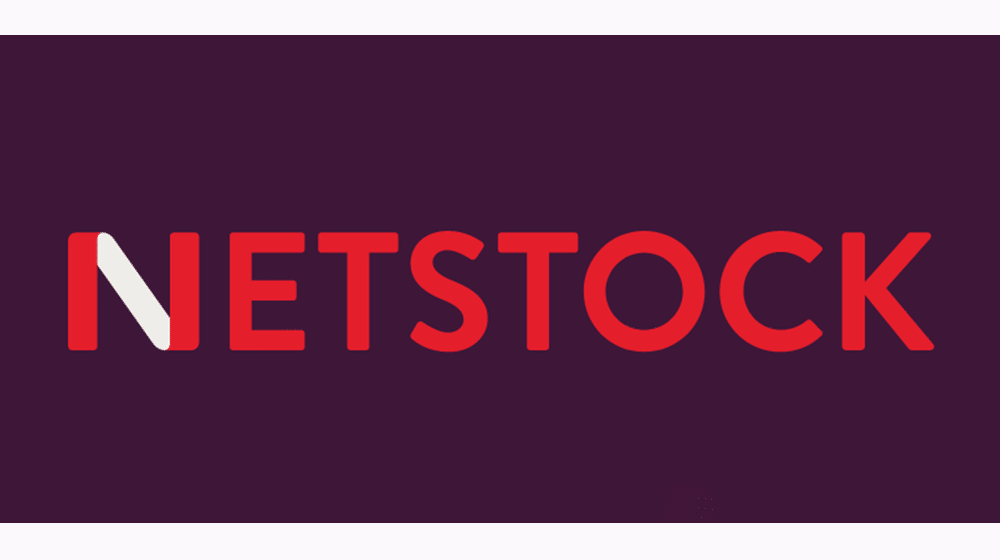
This inventory optimization platform is designed for small to mid-market companies. It helps organizations improve stock levels, reduce carrying costs, and forecast demand. It also integrates easily with common ERP systems, like NetSuite, Sage, and Microsoft.
Best fit: Growing companies that need intelligent inventory control without the cost or complexity of a full-suite SCM system.
o9 Solutions
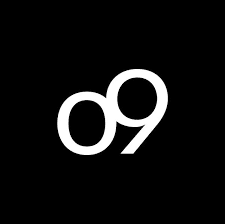
This integrated business planning platform is built on a digital twin architecture. It combines demand forecasting, supply planning, and financial alignment into a single platform. o9’s modularity and AI-enhanced analytics make it highly adaptable across industries.
Best fit: Enterprises looking for next-generation planning capabilities that align operations with strategic financial goals.
Oracle Supply Chain & Manufacturing

This end-to-end platform spans planning, procurement, manufacturing, logistics, and product lifecycle management. Oracle’s strength is in unifying supply chain and finance under a single cloud framework. Its advanced analytics and embedded AI support predictive execution.
Best fit: Enterprises looking to consolidate supply chain and financial processes in a cloud-native environment.
SAP Integrated Business Planning
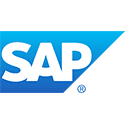
This top SCM system is a robust platform for organizations seeking mature, cross-functional supply chain planning capabilities. It excels in areas like demand sensing, inventory optimization, and S&OP. It has embedded AI and strong integration with SAP S/4HANA.
Best fit: Global enterprises with established planning functions and complex supplier networks.
TrueCommerce

This platform focuses on connectivity—EDI, supply chain integration, and digital commerce. While not a full-suite SCM provider, it enables seamless communication with suppliers, customers, and partners.
Best fit: Mid-sized manufacturers and distributors that need to modernize supply chain connectivity without replacing their ERP.
Learn More about the Top SCM Software
With evolving customer expectations and a growing pressure to reduce costs while meeting sustainability goals, executives should treat supply chain system selection with the same level of diligence as ERP selection.
Panorama Consulting Group offers unbiased guidance grounded in real-world operational needs. Contact us to learn more about how our independent ERP advisors can help you identify and implement the right SCM solution.






